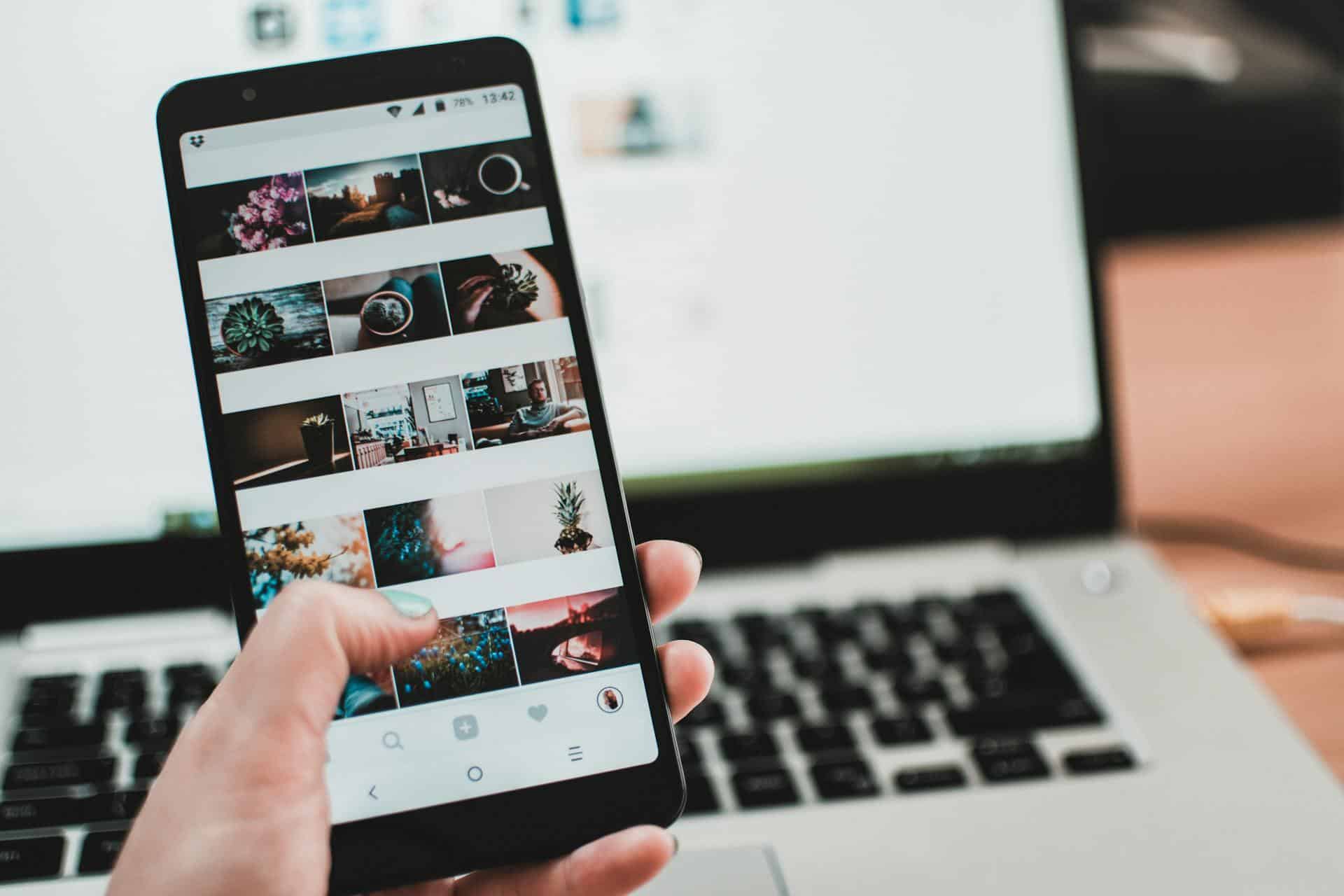What Are the Best Practices for Maintaining Optimal Smartphone Battery Health in Cold Weather?

As winter approaches, you may notice your smartphone's battery life decreasing faster than usual. This is not just your imagination. Cold weather can have adverse effects on battery performance, especially for the lithium-ion batteries most smartphones use. Understanding how cold temperatures affect your phone battery and how to mitigate these effects can help you maintain optimal smartphone battery health. In this article, we'll explore the best practices for keeping your phone battery in top condition even in the coldest weather.
How Cold Weather Affects Lithium-Ion Batteries
Before diving into the best practices, it is essential to understand how cold weather impacts lithium-ion batteries. These batteries are widely used in smartphones due to their high energy density and relatively long battery life. However, they are also sensitive to extreme temperatures.
A découvrir également : How Can You Use Your Smartphone to Control a Smart Home Coffee Brewer?
The Science Behind It
Lithium-ion batteries operate by moving ions from the negative electrode to the positive electrode through an electrolyte. Cold temperatures slow down this movement, reducing the battery's ability to deliver power. The internal resistance of the battery increases, leading to quicker battery degradation and reduced performance.
Symptoms of Cold Weather Impact
You might notice your phone battery depleting faster, your device shutting down unexpectedly, or taking longer to charge. These symptoms indicate that the battery is struggling to maintain its state of charge due to the cold weather.
A découvrir également : How to Use Your Smartphone to Set Up and Manage a Smart Home Heating System?
Best Practices for Maintaining Battery Health
Knowing the problem is half the battle. Here are some practical steps you can take to keep your phone battery healthy during cold weather.
Keep Your Phone Warm
One of the simplest ways to combat the cold is to keep your phone warm. When you go outside, keep your phone close to your body in an inside pocket. Your body heat can help maintain the battery temperature, preventing it from getting too cold.
Use Airplane Mode
When you are in extremely cold temperatures and do not need to use your phone, switch it to airplane mode. This reduces the power demand on the battery and helps to maintain its state of charge for longer.
Avoid Fast Charging
Fast charging generates heat, which can be useful in moderate cold but detrimental in extreme temperatures. Instead, opt for regular charging methods to reduce stress on the battery. Rapid temperature changes can exacerbate battery degradation.
Protect Your Phone With a Case
Using an insulated phone case can provide an extra layer of protection against the cold. There are cases specifically designed to keep your phone warm, which can be particularly useful in freezing conditions.
Charge at Room Temperature
Whenever possible, charge your phone indoors at room temperature. Charging your phone in the cold can damage the battery. If you must charge it in cold conditions, do it slowly to minimize the impact on the battery.
The Role of Battery Modes
Modern smartphones come with various battery modes designed to optimize performance. Knowing when and how to use these modes can make a significant difference in battery health during cold weather.
Power-Saving Mode
Activating power-saving mode reduces the energy consumption of your phone by limiting background activities and reducing performance. This is especially useful in cold weather when the battery is already under strain.
Battery Health Features
Some phones have built-in battery health features that monitor the battery's condition and adjust settings to prolong battery life. Make sure these features are enabled and keep your phone updated with the latest software to benefit from these optimizations.
Airplane Mode Again
As previously mentioned, airplane mode can be a lifesaver in cold weather. It cuts off wireless communication, reducing the power draw on the battery. If you don’t need to be connected, this mode can significantly prolong your battery life in cold conditions.
The Impact of Electric Vehicles
While the focus is on smartphones, it's worth noting that similar principles apply to electric vehicle (EV) batteries. Lithium-ion batteries in EVs also suffer from reduced performance in cold weather. Understanding these shared characteristics can deepen your comprehension of battery behavior.
Similarities in Battery Types
Both smartphones and EVs use lithium-ion batteries, which are sensitive to temperature changes. The internal resistance increases in cold weather, affecting both battery life and performance.
Mitigation Strategies in EVs
EV manufacturers often incorporate battery heating systems to combat cold weather effects. Although smartphones do not have such advanced systems, the principles of keeping the battery warm and avoiding extreme temperature changes apply to both.
Maintaining optimal smartphone battery health in cold weather requires a combination of understanding and practical steps. By keeping your phone warm, using airplane and power-saving modes, avoiding fast charging, and protecting your phone with a case, you can mitigate the adverse effects of cold temperatures on your lithium-ion battery. Remember, cold weather affects battery performance due to increased internal resistance and reduced ion movement. Adopting these best practices will help you keep your phone battery in good health throughout the winter months.
By following these tips, you'll ensure that your phone battery lasts longer and performs better, even in the coldest weather. Stay warm and keep your phone even warmer!
